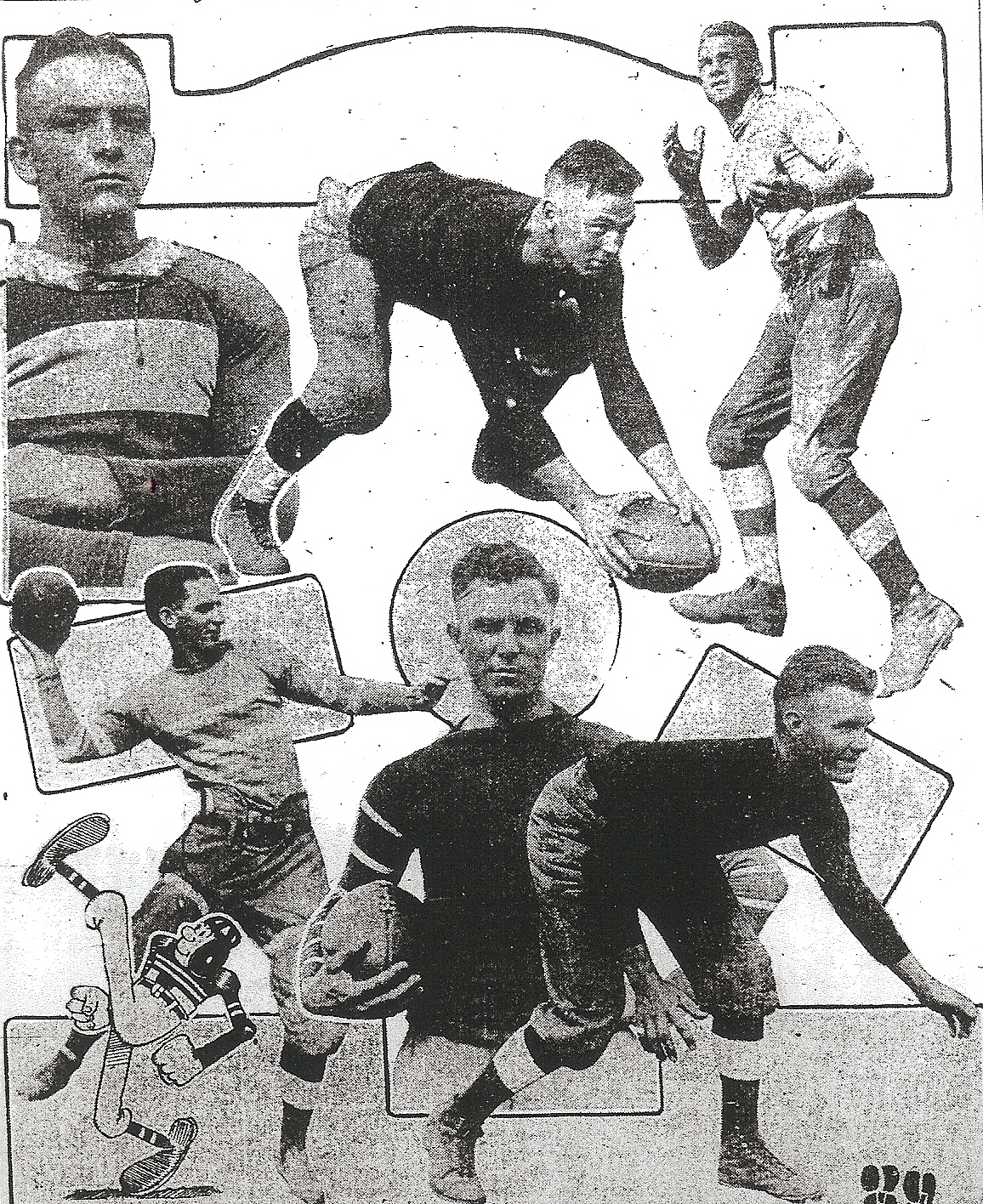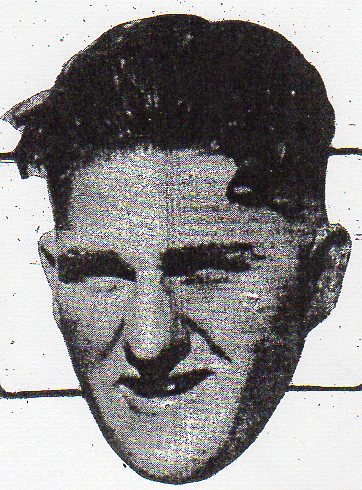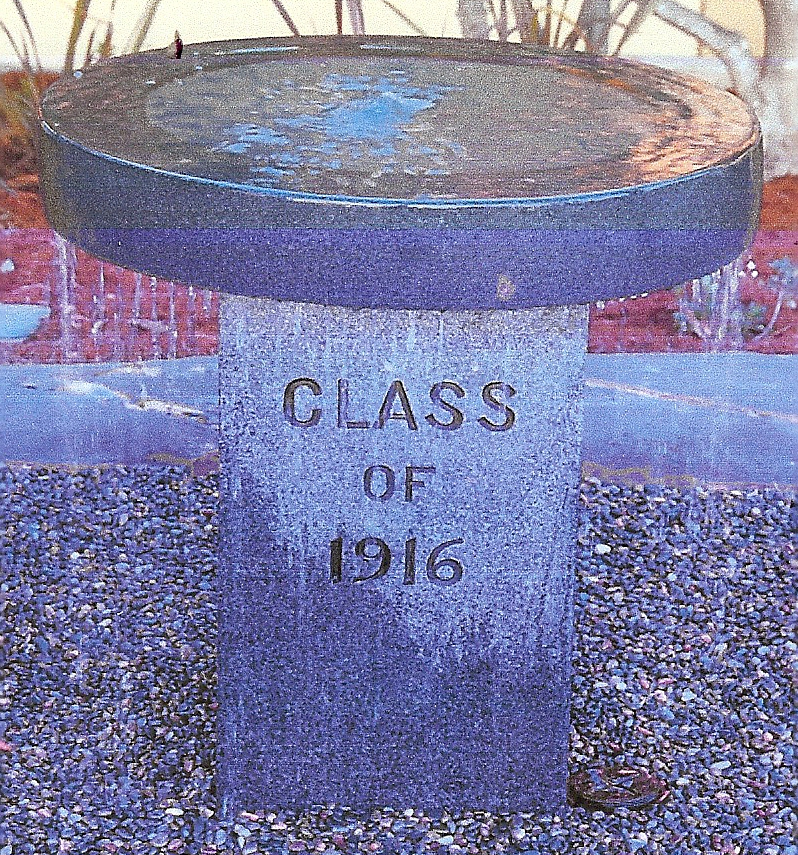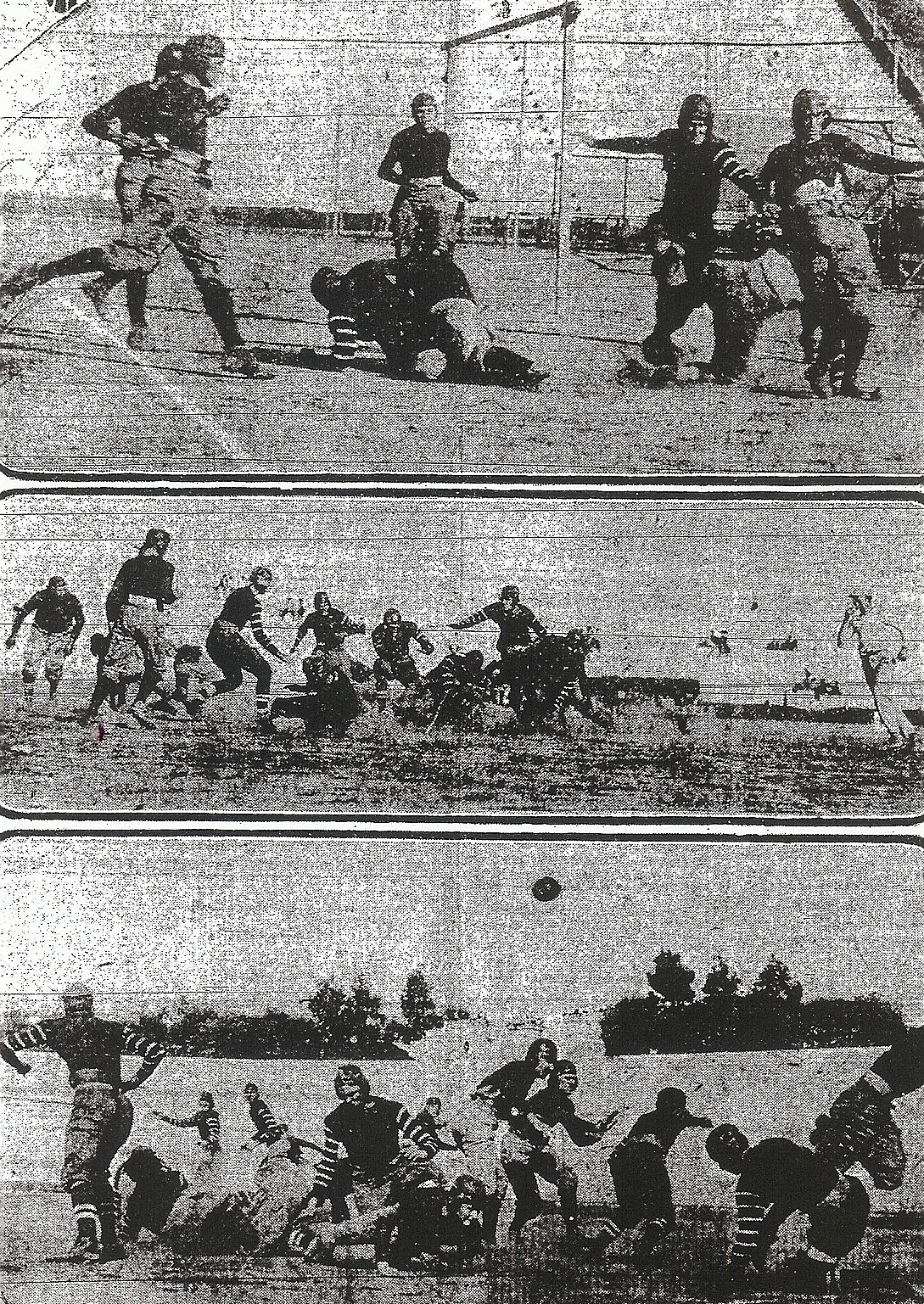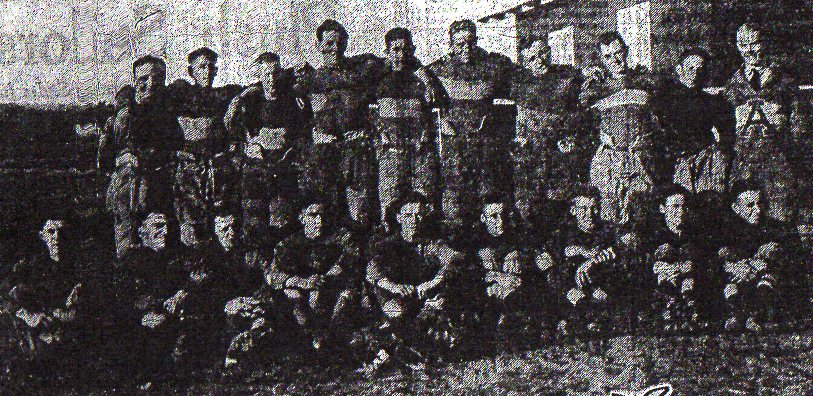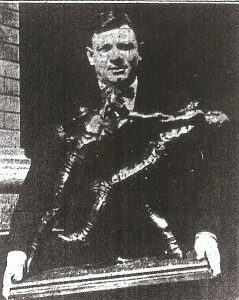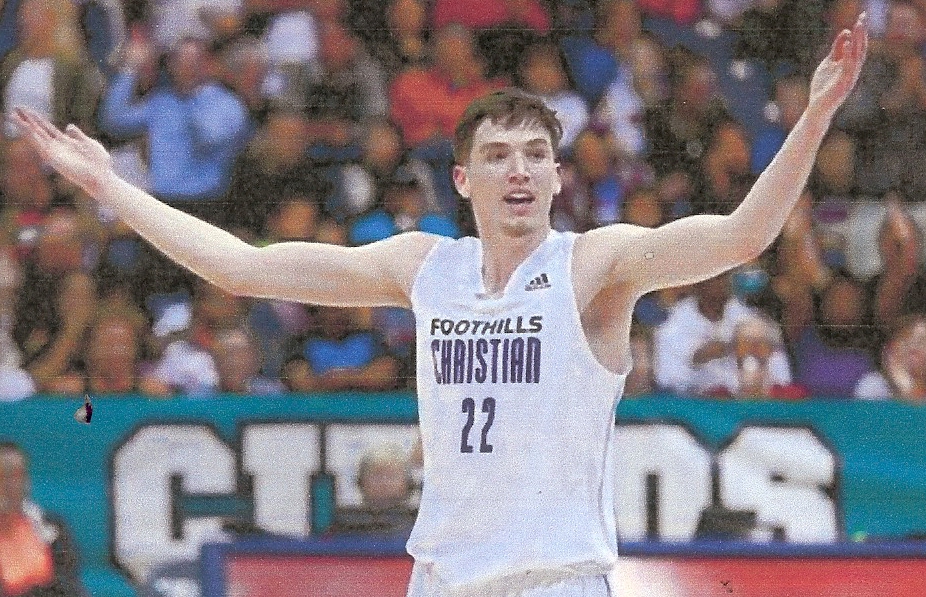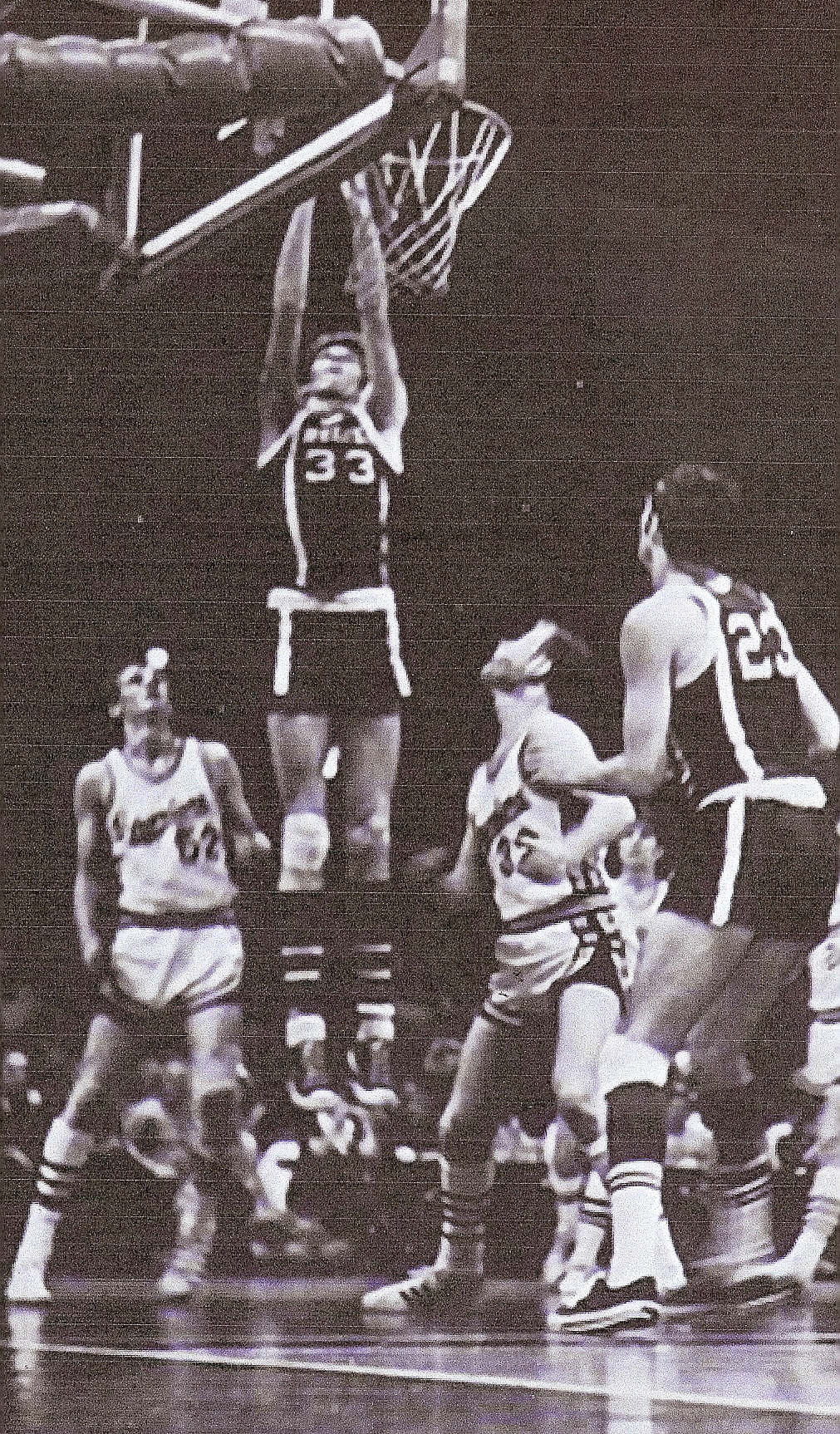1923: Writer Takes Shots at San Diego Coach
John Perry was 29-10-2 with a winning percentage of .738 in four seasons as San Diego High coach.
But that wasn’t good enough for one sportswriter on San Diego’s largest daily newspaper.
A crushing midseason, 26-0 loss to Long Beach Poly was followed by a “disinterested”, 13-0 victory over Coast League doormat Whittier.
“The wreck of the Hesperus didn’t have a thing on the disaster of the Cavemen,” wrote Alan McGrew of the Poly game, taking a page from Greek mythology.
McGrew, no Damon Runyan, was The San Diego Union beat man covering the Cavemen and regularly found fault with Perry’s stewardship, very unusual for the era.
The young San Diego High graduate was especially peevish in his account of the Whittier contest:
“…the team had no fight and players seemed to take the ‘I don’t care’ attitude. Coach John Perry seemed to be as bad as any of the players.”
McGrew said the starting backfield “was like four moving dead men.”
“Coach John Perry should receive a good part of the responsibility for the poor showing,” McGrew continued. “Since the Long Beach game he has lacked enthusiasm just as much as many of the players.”
McGrew thought the Cavers should turn in their uniforms if “the high schoolers intend to finish the season in the same miserable manner they played yesterday.”
PHOENIX, BUT FIRST AN EASY ONE
Principal Glenn Perkins and Perry scheduled a postseason game for charity against the Phoenix Coyotes, billed as champions of Arizona, New Mexico, and parts of Texas.
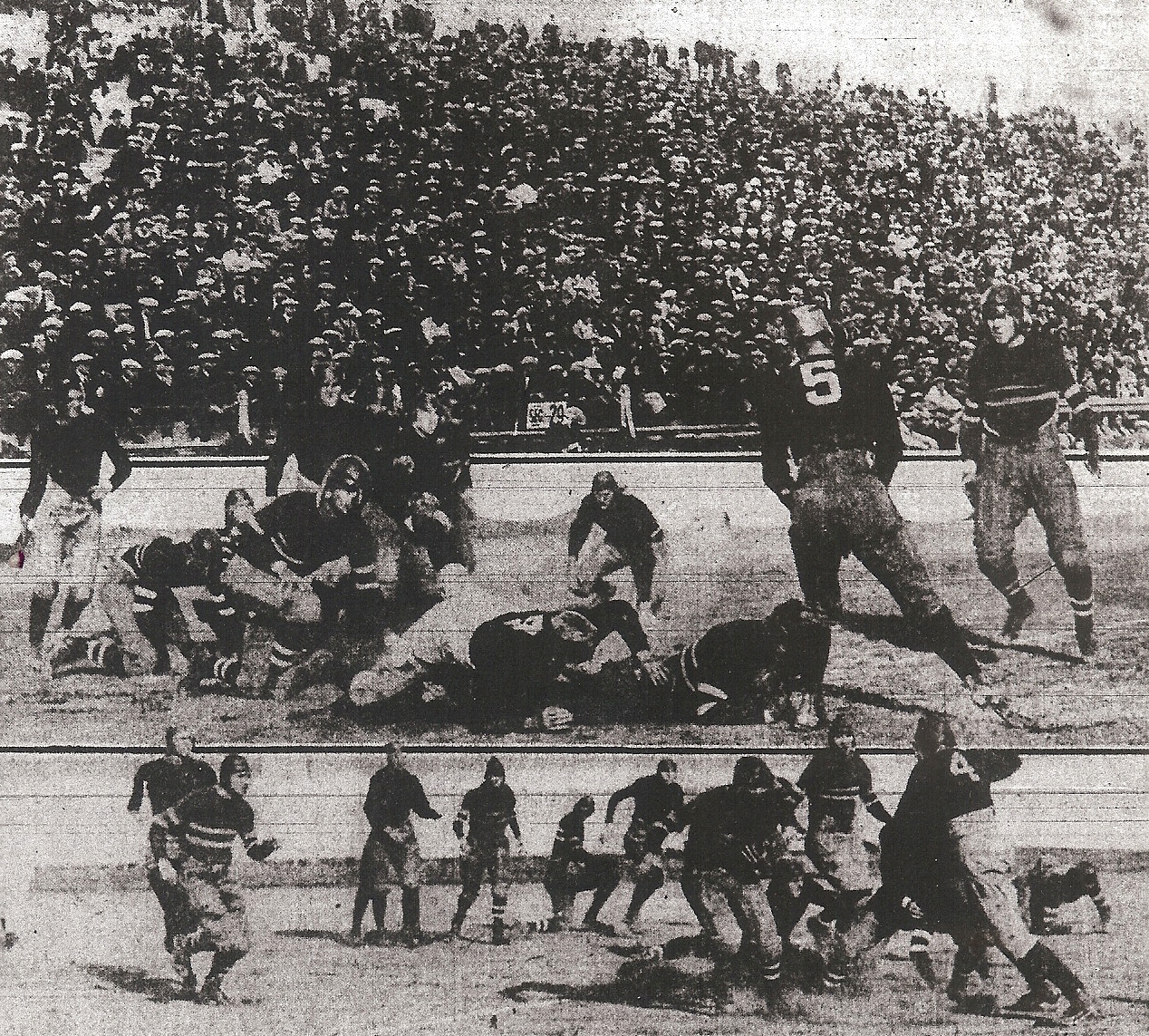
William Richardson, the California governor, was going to attend and a large crowd was expected, proceeds going to the football fund at the Hilltop and to buy 50 uniforms for members of the band.
There would be a three-week layoff between the Whittier and Phoenix tussles, so Perry called John Nichols, his former Coronado coaching colleague, and booked a home contest against Nichols’ Oxnard squad.
The Yellowjackets reportedly had posted a 7-0 record, but the competition was against teams from small, neighboring Ventura County farming communities.
PUSHOVER?
McGrew went on the offensive again.
“Although it has been the general impression that the Oxnard Union High would be ‘pickings’ for the local high school eleven, the San Diego coach claims the northern squad will give the Hilltops plenty to worry about.”
McGrew had gotten to the point of sometimes not even referring to Perry by name.
Later:
“Perry has been inclined to blame sportswriters for his troubles. First he did not want them to praise the work of his team, declaring that praise was bad for the players.
“Then he did not want the work of the team to be harshly criticized. That, too, he thought was very bad. Just what (Perry) wanted was hard to figure out.”
McGrew added that the Cavers would have been better served in 1920 had they hired a coach who had college playing experience, which Perry didn’t.
“At any rate the fact remains that all San Diego High can claim under Perry’s coaching this year is the championship of San Diego County (the Cavers defeated Sweetwater, 33-8).”
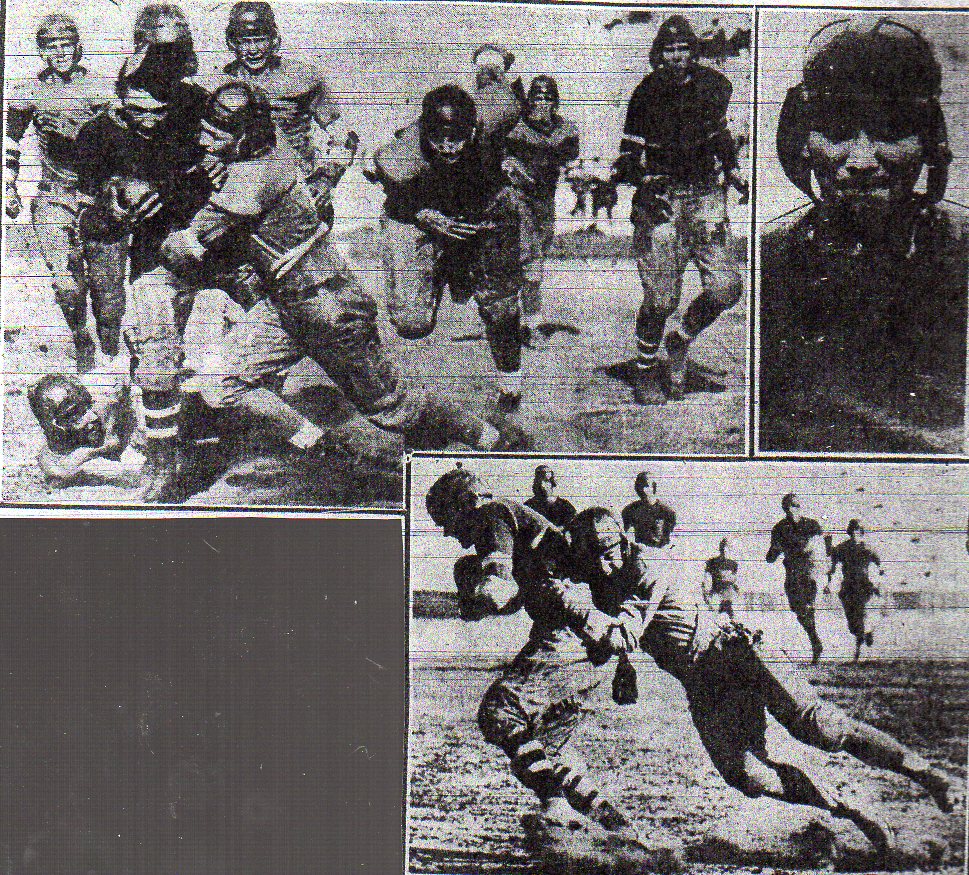
11 CONSECUTIVE PAT
Oxnard “looked like a kindergarten squad opposing eleven giants,” wrote McGrew.
The Yellowjackets were on the trampled end of a 77-0 San Diego stampede, highlighted by 11 successful points after touchdown and three touchdowns by probably the smallest varsity player in school history.
Firpo (Shorty) Bethauser, 4-feet, 4 inches, 116 pounds, if you believe the tape measure and scale, scored three touchdowns and was joined in the end zone by six other teammates.
On this day, the writer couldn’t criticize Perry’s coaching or the play of the team:
“Oxnard had no business being on the same field with the Hilltoppers, but this should not take credit away from the high schoolers. With (Coney) Galindo again calling signals. the team oozed with pep, fight, and aggressiveness.”
The season ended with a 0-0 tie against Phoenix, but despite the scoreless result, the teams’ combined 24 punts, and 120 yards in penalties, McGrew declared that “the crowd was lifted by thrilling plays and many long gains.”
NEW BOSS AT GROSSMONT
Up from Calipatria in the Imperial Valley, out of the University of Montana, came Ladimir Mashin the new athletic coach at Grossmont.
Mashin was better known as ”Jack”, an easy cognomen for a man who was easy to know and respect.
Mashin would coach all teams and soldier through the Great Depression and World War II.
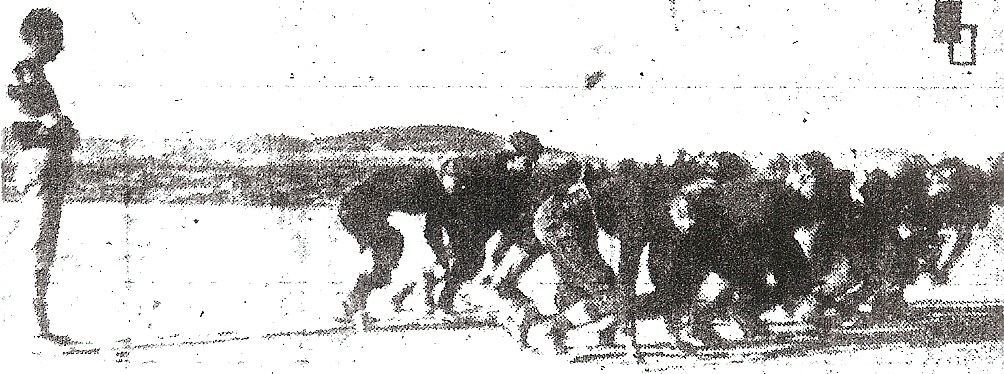
He retired from football as the winningest coach in County history after 25 seasons and a 9-1-1 campaign in 1947.
Mashin concentrated on track and field and tutored some of the finest dual meet and invitational teams in Southern California, turning out Grossmont distance runners and weight throwers who ranked among the best in the country.
Grossmont would be 4-5 this season, but championships were on the horizon.
Mashin had 17 winning seasons and finished football with a career record of 125-66-19, a .640 winning percentage. The Foothillers won or tied 24 games in a row from 1932-34.
A LEAGUE OF THEIR OWN
John Perry and principal Glenn Perkins attended a meeting the first of September in Santa Ana, where San Diego High became a member of the Tri-County League.
Other schools were Long Beach Poly, Pasadena and Whittier from Los Angeles County and Orange County entries Fullerton and Santa Ana.
A couple weeks later the CIF announced that the alignment would be known as the Coast League and, with exception of the 1941-45 period, the Coast would be San Diego’s home until the San Diego City Prep League was formed in 1950.
San Diego and Poly, which first played against each other in 1910, would be enduring members of the so-called “T.N.T. League”.
The other schools came and went and newcomers replaced them, but the circuit always was respected as being as strong as any in the state.
The Hilltoppers had been members of a Coast League alignment with Poly, Pasadena, Santa Monica, and Whittier in the 1920-21 school year, but, while participating in most sports, they were an independent in football.
RULES AND REGS
General admission to all Coast League games was .50. All funds derived from advance sales were to go to the school selling the tickets. Game expenses were to be deducted before there was a split of gate receipts.
Perpetual trophies would be offered in all sports with each school annually contributing $25 to the bauble fund.
Officers of the league were Harry J. Moore of Long Beach (also state CIF representative), president; R. O’Mara, Pasadena, vice president, and H.A. Hammond, Santa Ana, secretary and treasurer.
SWEETWATER WHO?
Coach Herb Hoskins’ Red Devils competed in the shadow of San Diego for years, but, despite a 33-8 loss to the Hilltop team in the season opener, won the County League with a 6-0 record, compiled a 7-3 mark overall, and earned a Southern California playoff bid.

Sweetwater upset Orange, 7-0, in a quarterfinals game but was beaten, 27-7, by Long Beach Poly in the semifinals.
Sweetwater often was a San Diego opponent in the first game, but Hoskins and Perry dickered over financial terms this year.
Perry, as coach of the home team, offered a $100 guarantee to the Red and Gray-colored squad from National City. Hoskins wanted a 50-50 share of the gate receipts.
“I can get a Northern team to come to San Diego for as much as Sweetwater wants,” said Perry. “My club’s as good as any Northern club,” countered Hoskins.
The game was played but no result of the bargaining was published.
GENERATION GAP?
Ages of San Diego High players were from 15 (Phil Winnek) to 20 (Coney Galindo, John Fox, and Howard Williams). Al Schevings was 21 when he graduated in June, 1923.
Galindo, Fox, and Williams would have another year of eligibility in 1924. Rules eventually would change, such that a youngster could not be 19 years of age before Sept. 1 of his senior year.
HONORS
End Barkham Garner of Sweetwater was on the all-Southern California first team. End Jim MacPherson of San Diego and center Otis of Sweetwater were on the second team.
SIGN OF THE TIME
Neal Anderson, automobile editor of The San Diego Union, embarked on a unique trip. Anderson, riding in a Nash Touring car, covered the 572 miles of San Diego County roads and highways in 18 hours, leaving the Nash showroom floor at the Shaw agency at midnight and arriving back at 6 p.m that day.
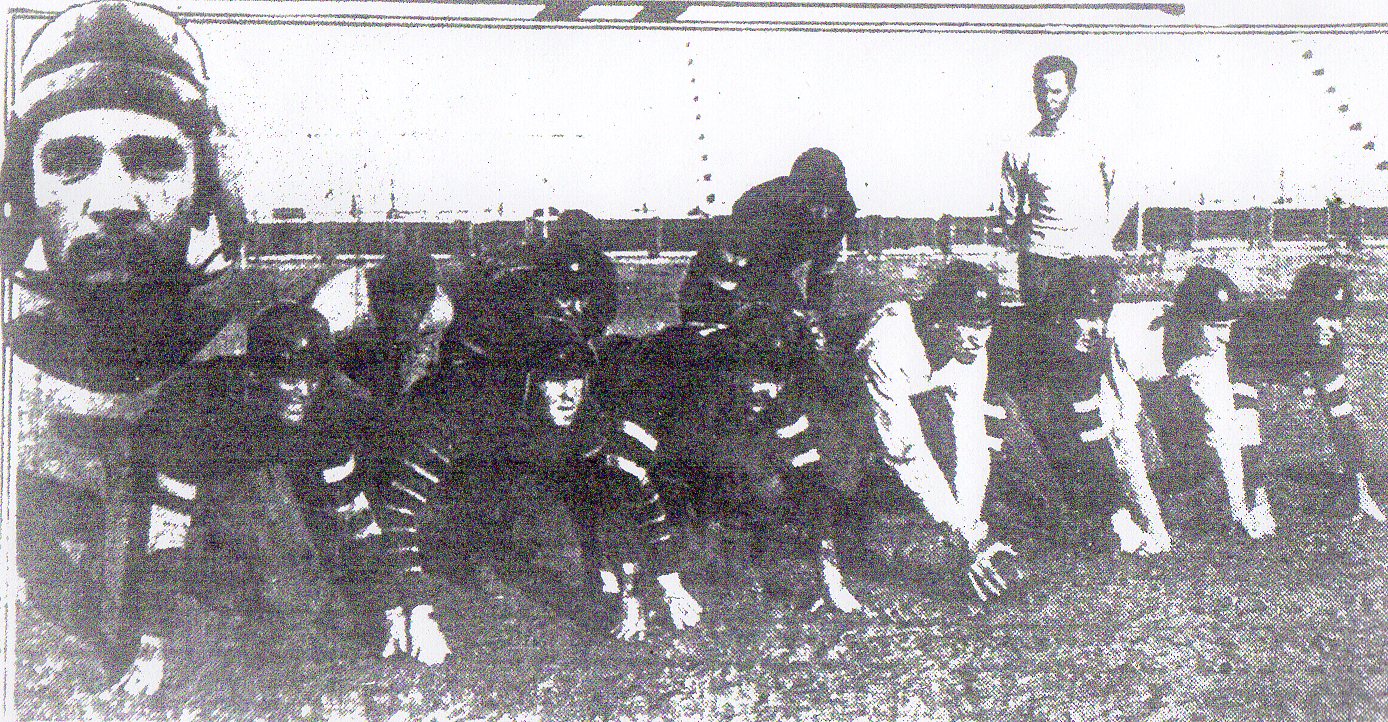
TRUE GRID
San Diego’s Ed (Carburetor) Caballero intercepted 5 passes in one game and threw five interceptions in another…Whittier’s joining the league allowed San Diego to fill an open date late in the season…San Diego’s trip to Stanford not only was disappointing but long…the team took the train to Los Angeles and then boarded the Lark for the 470-mile overnight ride to San Francisco…the Cavemen, who played on the dirt surface of City Stadium, complained of the slippery, grass gridiron on the Palo Alto campus, resulting in numerous fumbles and a reported nine first-half injuries…the Cavers hit the rails again for an early-morning ride to an afternoon game in Fullerton…San Diego road games usually were of two days’ duration…Hal Fitzpatrick, Al Schevings, Eddie Ruffa, and Bob Perry, members of San Diego’s 1922 championship squad, were on the San Diego State varsity…the Montezuma Mesa school numbered only 160 boys in the entire enrollment…Schevings left and later was on the squad at USC…a midweek Sweetwater game with Fleet Air was called off because rules restricted the airmen from leaving their base on North Island….
